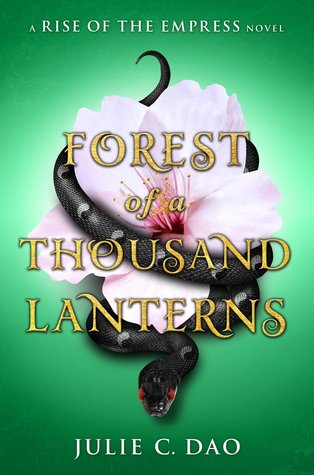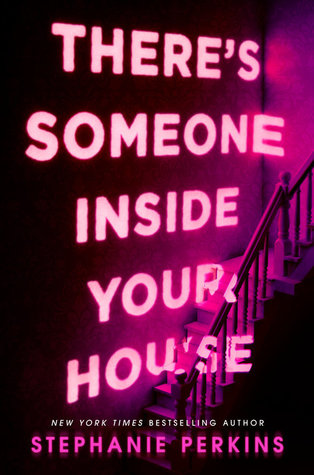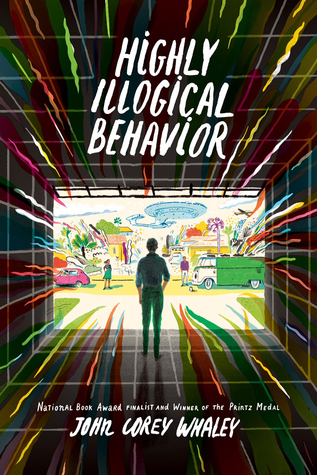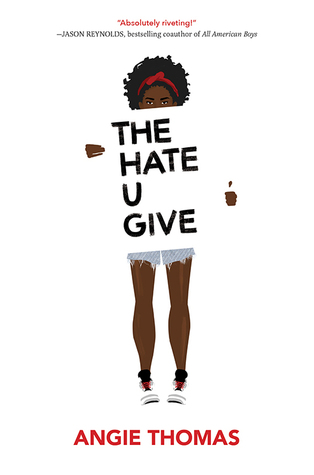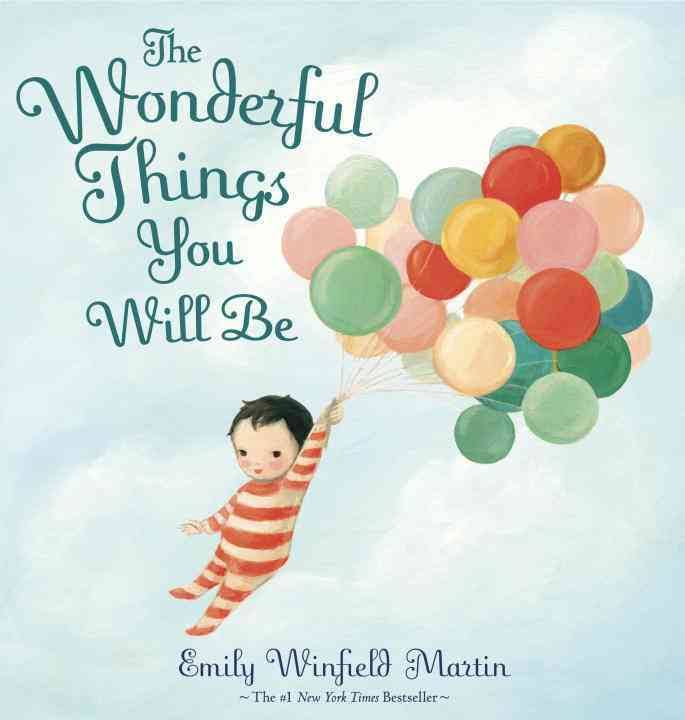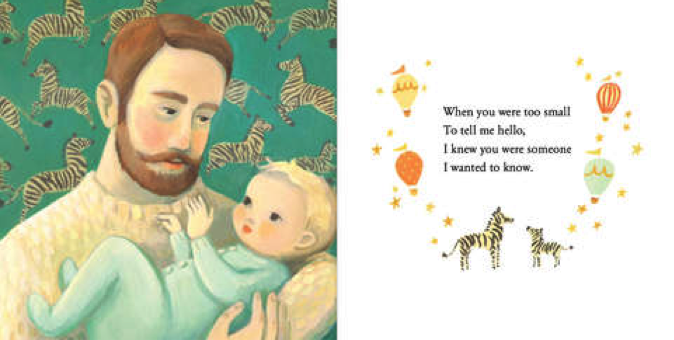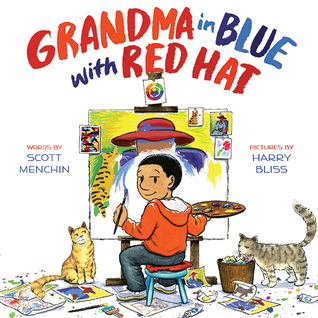
Miles Away from You
Author: A. B. Rutledge
Published: March 20, 2018 by HMH Books for Young Readers
Guest Review by Kaari von Bernuth
Goodreads Summary: It’s been three years since Miles fell for Vivian, a talented and dazzling transgender girl. Eighteen months since a suicide attempt left Vivian on life support. Now Miles isn’t sure who he is without her, but knows it’s time to figure out how to say goodbye.
He books a solo trip to Iceland but then has a hard time leaving the refuge of his hotel room. After a little push from Oskar, a local who is equal parts endearing and aloof, Miles decides to honor Vivian’s life by photographing her treasured Doc Martens standing empty against the surreal landscapes. With each step he takes, Miles finds his heart healing–even as he must accept that Vivian, still in a coma, will never recover.
Told through a series of instant messages to Vivian, this quirky and completely fresh novel explores love, loss, and the drastic distances we sometimes have to travel in order to move on.
Kaari’s Review: I’d like to preface this blog post by saying that I do not identify as LGBTQ in any way, so I don’t have personal experiences to say whether or not this novel presents an accurate representation of what it is like to be an LGBTQ person. But, I think that this book does provide a compelling and interesting perspective that non-LGBTQ people can understand and connect with. I liked that the entire story was written in a messaging format. It placed an interesting lens over the story because, as readers, we always know that the story is being written to someone, even if they can’t respond. The format also lends itself to casual language, which makes it an entertaining and engaging read that students will love.
This book was certainly entertaining, and I loved reading it. I loved cheering for Miles and hurting for Miles when it was appropriate. I think that Miles’ approach to grief is also an approach that many teens can connect with, and maybe learn from as well. However, this book has a lot going on in it. The main character, Miles, is coping with the loss of his transgender girlfriend. His two lesbian moms are very supportive of the LGBTQ community, and even run a summer camp for LGBTQ kids. And, Miles himself is unsure of his sexuality, which he explores more as the novel goes on. Because there are so many LGBTQ elements the author tried to fit in, it feels a little bit contrived at times, and distracts from the overall messages of acceptance of personal identity, and also of the LGBTQ community, and dealing with the intricate and complicated loss of a loved one.
Teachers’ Tools for Navigation: I think this book poses a lot of really interesting questions about suicide, grief, overcoming grief, acceptance, identity, potential abuse (between Oskar and his boyfriend), love, gender, and sexuality that could spark a lot of discussions for students. For these reasons, I think that this book should definitely be included in classroom libraries, and used as a literature circle book. However, if someone is looking to teach an lgbtq book to an entire classroom, I’d choose one that didn’t have quite as many lgbtq aspects, as I mentioned in the review, because it makes the book feel somewhat cluttered and contrived, and there are many other novels that would be better for teaching to a large classroom.
Discussion Questions:
- How is identity explored in this novel?
- How is discrimination portrayed in this novel?
- What kinds of violence/abuse do we see in the novel?
- How is death/dying portrayed?
- How does Miles cope with grief? What ways are productive and what ways are unproductive?
We Flagged: “This is the Mid-Atlantic Ridge, the place where the North American and Eurasian tectonic plates are slowly, slowly tearing apart. It sounds so destructive, doesn’t it? Like the world could just keep spreading and eventually it’ll just crack in half and bleed out into the universe. But the good news is that it doesn’t actually work like that. When the earth splits, lava rises and cools, creating new land where there wasn’t any before. It heals as it tears. I think humans do that, too. So, anyway, this is the tenth photo I’ve taken of Vivian’s boots, and it might be my last for a little while. I do want to keep connecting and keep exploring this new scar tissue.” -Advanced Reading Copy page 224
Read This If You Loved: Beautiful Music for Ugly Children by Kirstin Cronn-Mills; Symptoms of Being Human by Jeff Garvin; If I Was Your Girl by Meredith Russo; Suicide Notes by Michael Thomas Ford
Recommended For:
**Thank you to Kaari for reviewing this book!**




